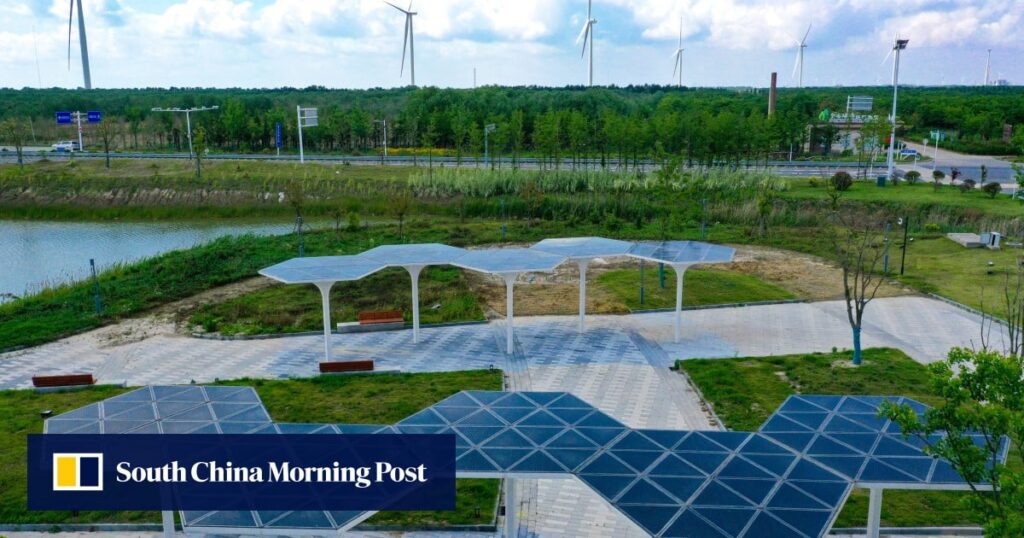China’s Green Energy Path: Allowing Market Forces to Prevail
Background and Recent Developments
In recent years, China has surged ahead in the global green energy sector, especially in the fields of renewable energy and electric vehicles (EVs). This rapid development has been bolstered by significant support from local governments. However, Zhao Zhongxiu, President of the University of International Business and Economics in Beijing, has suggested a shift in strategy: he advocates for reduced governmental intervention, allowing market forces to address issues of overcapacity and inefficiency within the industry.
The Overcapacity Debate
The issue of overcapacity in China’s green energy sector has been a point of contention. Western nations, including the United States and European Union, have raised concerns, imposing tariffs against Chinese new energy imports on the grounds of "unfair" subsidies. According to Zhao, these complaints stem from misunderstandings about the nature of overcapacity in China’s renewable energy sector.
"Comparing current domestic production capacity and directional demand, there is actually no so-called overcapacity," Zhao stated. He attributes what appears to be an excessive production to a highly competitive and complete supply chain that constantly advances technological innovation. This rapid technological progress often renders older products obsolete before they even hit the market, resulting in some levels of idle or wasteful production.
Lessons from Heavy Industry
China has a history of using administrative measures to shut down inefficient production in heavy industries like coal, steel, and cement. However, Zhao advises that such heavy-handed governmental interventions are not appropriate for the renewable energy sector, which is mainly driven by private enterprises.
"Since we have been deepening reform, which means further unleashing the role of the market, the government should no longer intervene forcibly via administrative means," Zhao explained. The state’s involvement should be minimized, particularly as local leadership and administration have already played a pivotal role in making the industry competitive and innovative.
Regional Disparities and Market Sustainability
While some regions, like Hefei in Anhui Province, have flourished under local government support, turning into hubs for the EV supply chain, Zhao warns that not all areas will be equally successful. The failures in some regions might lead to substantial waste of capital and resources but are seen as part of the natural industrial lifecycle.
Emerging markets also offer vast opportunities. Zhao believes that China’s green energy industry is far from saturating and can survive and even thrive without total reliance on Western markets. By tapping into emerging markets and investing in local production abroad, Chinese firms can mitigate the impact of trade barriers imposed by the US and EU.
Infrastructure Challenges
For China to fully unleash its domestic demand for renewable energy, infrastructural hurdles need to be addressed. One significant challenge is the integration and consumption of variable renewable energy sources like wind and solar power. Without adequate storage facilities and additional power grids, these renewable sources cannot be fully utilized.
"To further optimize domestic market conditions, we need to resolve these points," Zhao emphasized.
A Call for Openness and Competition
In a world of increasing trade fragmentation, Zhao urges China to commit to maintaining an open market by allowing foreign companies to compete on equal footing with domestic firms. This, he believes, will promote a healthier competitive environment, where survival of the fittest prevails.
"Because there is such a large market in China, it can accommodate lots of manufacturers. Everyone is improving in the process. In the end, it would be survival of the fittest," Zhao concluded.
For more about developments in China’s green energy sector, visit the University of International Business and Economics’ official website.
By allowing market mechanisms to dictate the industry’s course, China can ensure sustainable growth and continue its trajectory as a global leader in renewable energy.
